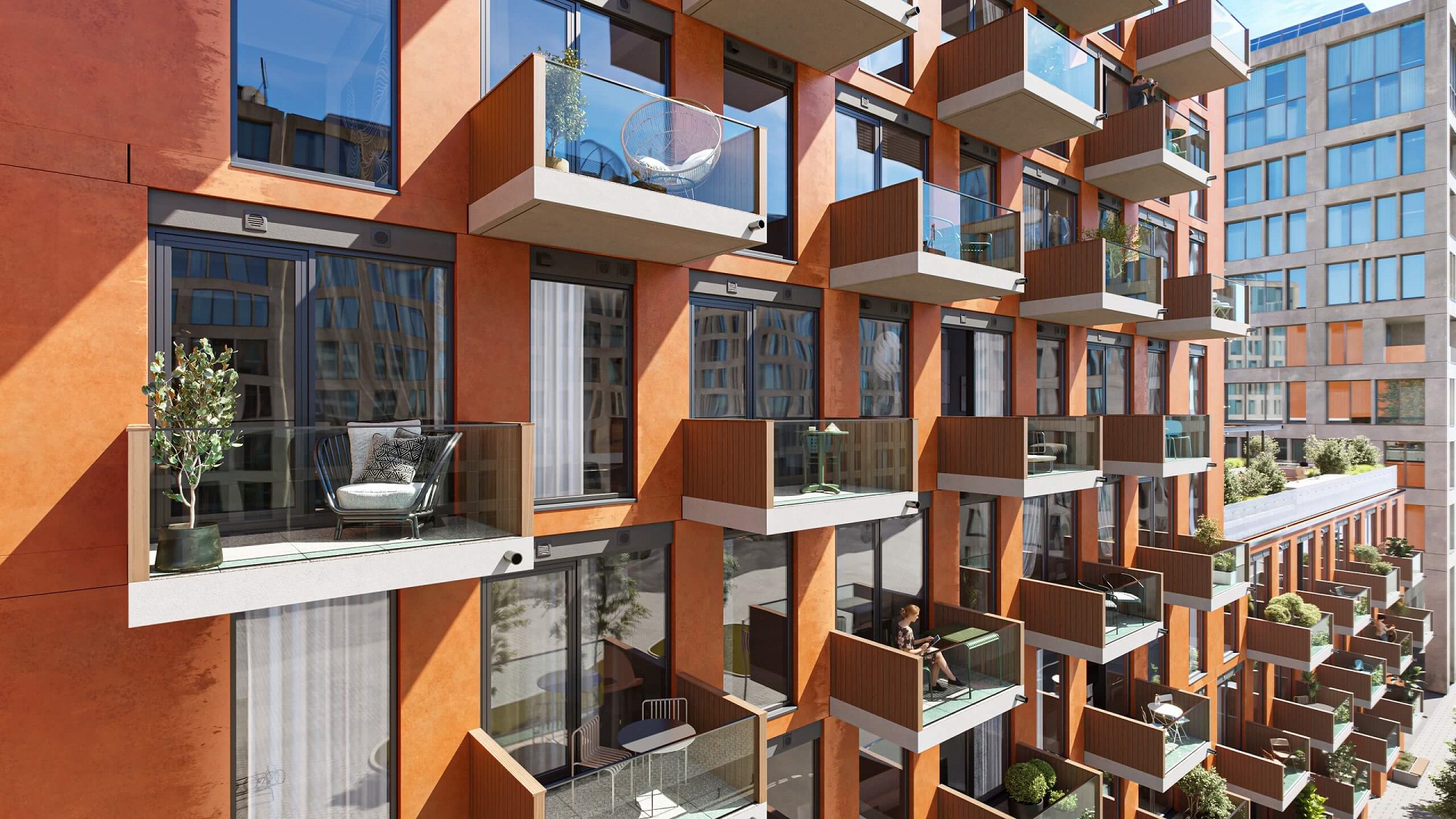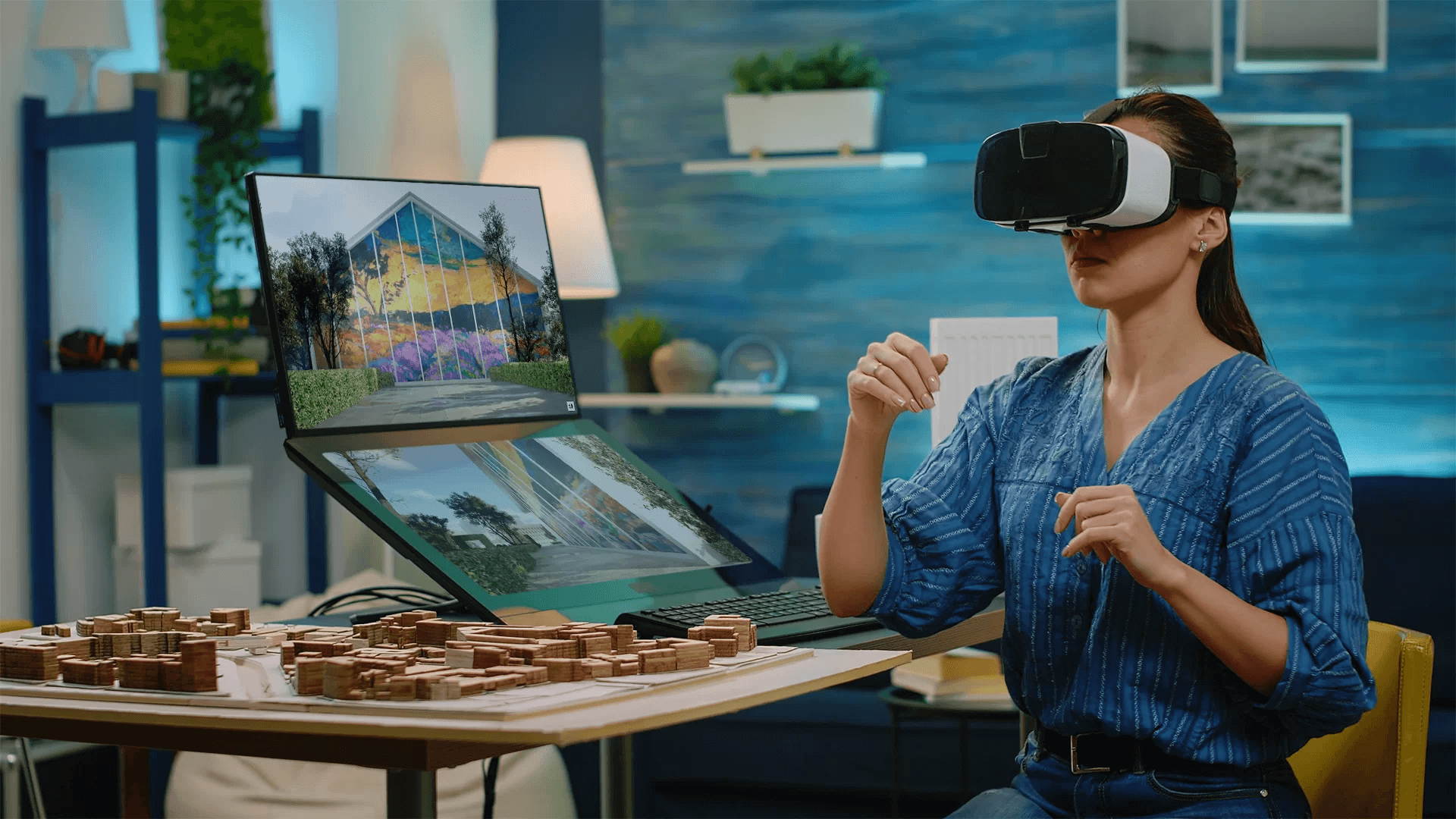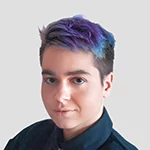The fast-paced Architecture, Engineering, and Construction (AEC) industry is always ready to embrace new technologies. One such technology is CGI. It enhances every project phase from initial concept to pre-sales and marketing. Its growing popularity signals a future where CGI will become even more essential in architecture. 3D rendering in the AEC industry is one of the major sectors in the overall CGI market, with rapid growth expected in the next decade.
First and foremost, 3D rendering provides appealing visuals for the AEC industry. But it can offer much more. Our 3D visualization company is witnessing the expansion of CGI in architecture and real estate first-hand. And we can claim the demand will only increase. Why? Let’s see!
#1. The Current Role of CGI in the AEC Industry

3D renders and animations are crucial in various phases of architectural projects. First of all, 3D rendering provides detailed and accurate visual presentations of concepts before they are brought to life. These visualizations help architects and their clients see the future look of designs, including materials, textures, colors, and spatial relationships of objects. This facilitates pre-construction planning and modifications.
Effective communication is essential in the AEC industry. Here, CGI is a powerful tool for clearly conveying complex architectural ideas to all project members. These include clients who often can’t read architectural drawings, contractors building the structure, and regulators approving the designs.
In the later stages, 3D rendering for architects enhances marketing efforts through photorealistic visuals. These can be used in brochures, websites, and on social media. High-quality 3D visuals are effective in engaging potential buyers or investors, giving them a compelling view of the proposed developments.
Finally, CGI can complement Building Information Modeling technology by adding rich, detailed visual layers to the data-centric BIM models.
#2. Advantages of 3D Rendering in AEC

So what are the key benefits of 3D rendering in the AEC industry? Let’s take a look.
- First of all, improved design accuracy, as 3D rendering allows for creating precise visual representations. It also offers flexibility to experiment with materials, lighting, and layouts without physical constraints or extra costs.
- Next, better client communication and engagement. 3D rendering enables clients to see and understand the final look of a project. This makes feedback and involvement more efficient.
- 3D rendering is irreplaceable for property marketing. It allows one to create immersive presentations, promotional videos, brochures, and engaging virtual tours. They captivate potential buyers and investors.
- CG visualization helps identify and correct potential design errors before they manifest in construction. This way, it saves time and money.
- Because of this, 3D rendering streamlines the approval processes. It ensures faster project delivery by enabling quicker revisions and decisions.
So, whether an AEC industry professional is only starting a project or already adding the finishing touches, 3D rendering can streamline their work.
#3. Integration of 3D Rendering with Emerging Technologies

3D rendering is not only evolving rapidly but is also actively merging with the new developments in related fields. Today, CG studios offer immersive 3D visualization solutions. They are mainly based on VR and AR. These technologies allow clients and designers to “walk through” realistic architectural 3D models in real-time, interact with yet unbuilt designs, and get additional information as well as emotional charge.
AI tools are being actively incorporated into 3D rendering workflows. For example, Stable Diffusion is incredibly helpful in the post-production stages, especially when refining the appearance of 3D human models.
Midjourney offers rapid concept generation. It provides 3D artists, architects, and designers with an infinite source of high-quality conceptual references.
AI denoising tools, such as NVIDIA’s OptiX AI Denoiser, allow one to predict and eliminate the visual noise that typically appears in early render passes. The software ensures that fewer samples are required to produce a high-quality final image. So the whole process takes less time.
Showcase your architectural project like a true work of art, brought to life with cutting-edge AI-powered CGI technology.
AI can also play a crucial role in optimizing Ray tracing. It is a complex rendering technique that simulates the physical behavior of light to achieve photorealism. AI accelerates it by predicting light paths and efficiently calculating how light interacts with surfaces within a scene.
The use of AI in 3D rendering in the AEC industry is developing quickly. And there’s huge potential for AI to further streamline rendering workflows and improve the visual output quality.
#4. Support of Sustainability and Green Architecture

3D visualization in the AEC industry bolsters sustainable practices by enhancing the design and communication of green building features.
First of all, BIM allows for precise material calculations and generative design. This way, it optimizes natural resource use and optimizes building processes. Performance analysis tools integrated into BIM software like Revit can predict energy efficiency and environmental impact, guiding adjustments for sustainability before construction begins.
VR takes this further by providing a virtual testing ground for architectural designs, ensuring optimal environmental performance.
Get your project estimated in just 1 hour - fill out this brief!
The adoption of BIM in creating 3D-printed houses reduces waste through precise prefabrication of building components. This streamlines construction processes and minimizes on-site environmental disruption.
Finally, photorealistic 3D rendering helps communicate the appeal of sustainable features, such as green roofs and solar panels, to stakeholders and the public. And vice versa: if an environmentally unfriendly project is planned, renders can help eco-activists demonstrate the potential harm very graphically. This way, they can advocate for changing the concept to preserve nature. So, 3D visuals are key for promoting green technologies in new developments worldwide.
#5. The Future of 3D Rendering in the AEC Industry
The use of 3D rendering is expanding beyond separate residential and commercial projects into global urban planning and infrastructure development. So there is an increasing demand for hyper-realistic visualizations that can accurately represent large-scale projects and the detailed environments around them. Advanced CGI tools can help stakeholders visualize new developments within the existing context, enhancing decision-making and public engagement.
There are several technological trends to look out for. Real-time rendering software, such as Unreal Engine and Twinmotion, allows 3D artists to create immersive virtual tours. They allow real estate clients and stakeholders to experience the most realistic and interactive representations of future spaces.
The integration of CGI with AI and cloud computing will transform collaborative processes. Thanks to this tech, design teams will be able to work together seamlessly from different locations.
Schedule a free demo of 3D solutions for your business
Regardless of trends, 3D rendering in the AEC industry will continue growing exponentially. This technology optimizes both the creative and the practical aspects of architecture and construction. From improved workflows to breathtaking presentations, 3D rendering for real estate comes to help every step of the way.
Looking for a 3D rendering services partner? Get in touch with us at ArchiCGI and see for yourself how CG technologies can uplift your work!

Stacey Mur
Content Writer, Copywriter
Stacey is a content writer and a CG artist. Outside of work, Stacey enjoys musicals, Star Wars, and art talk. A proud Corgi parent.



